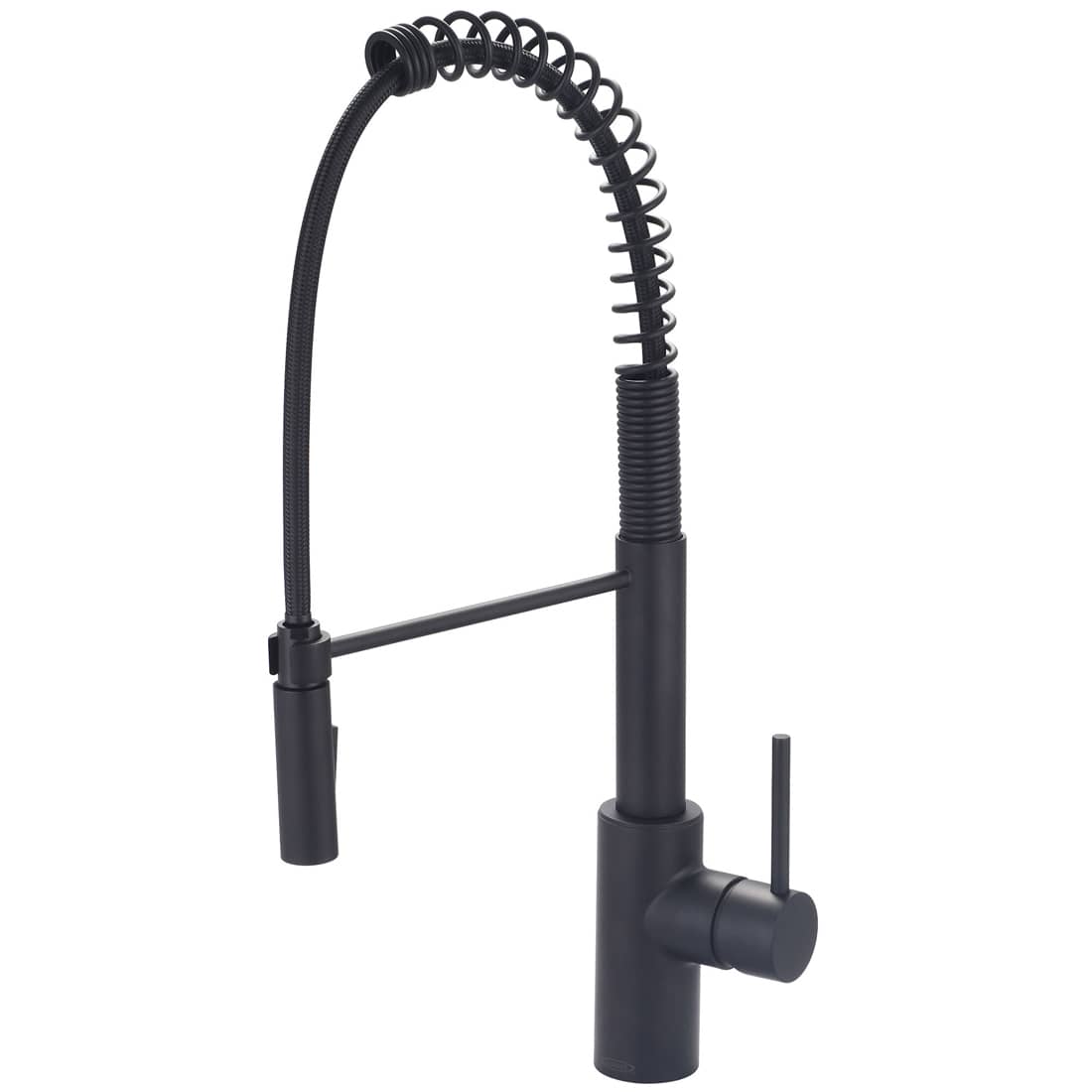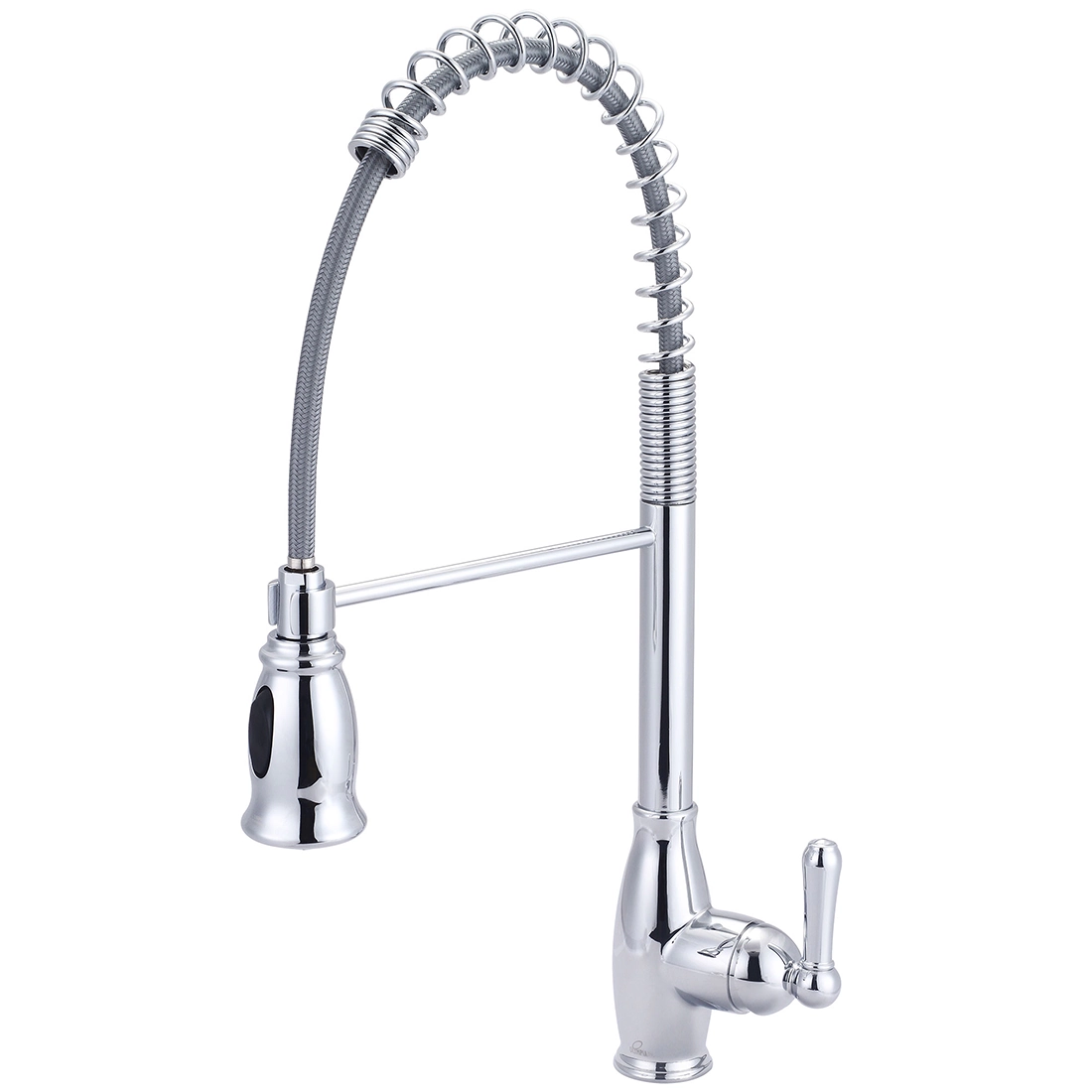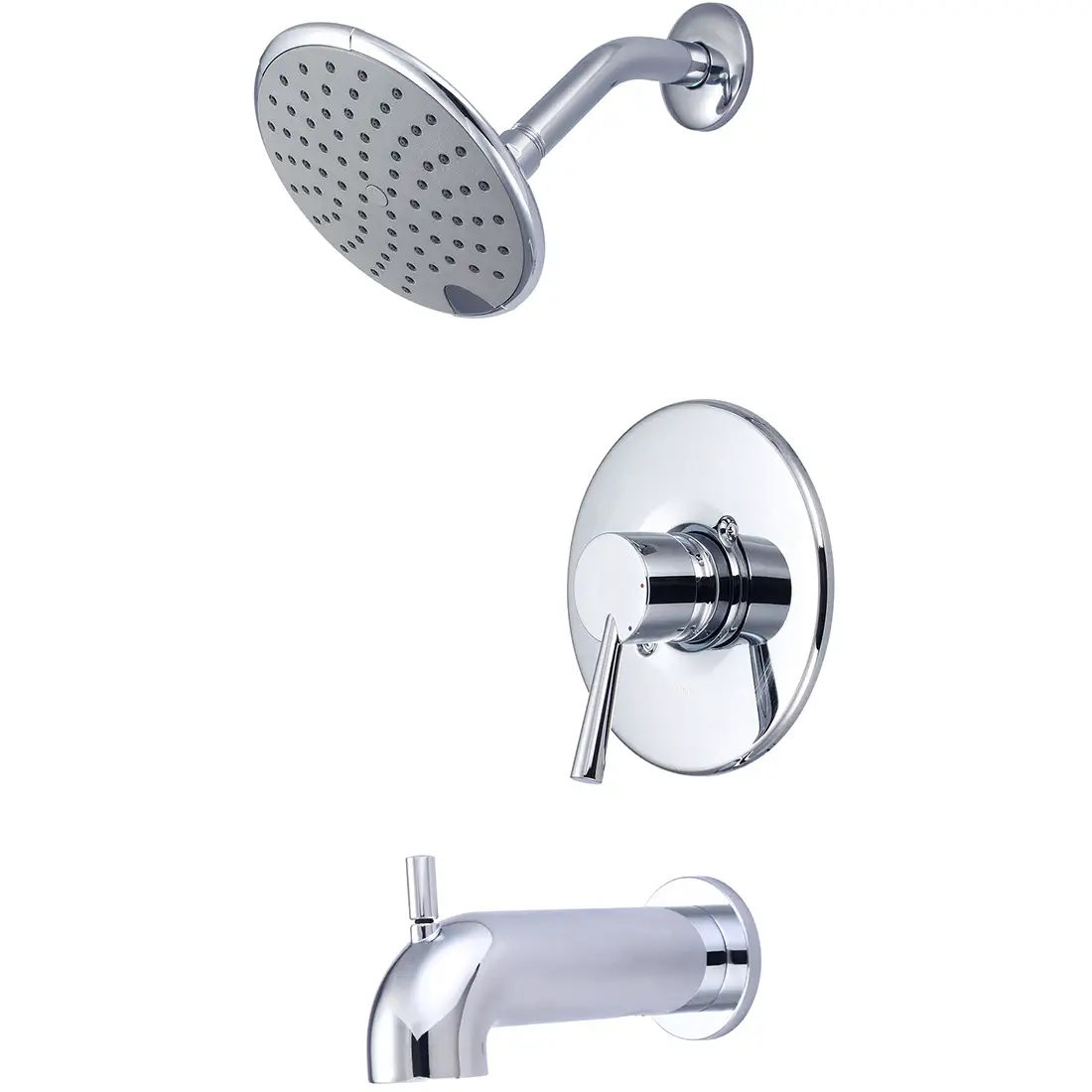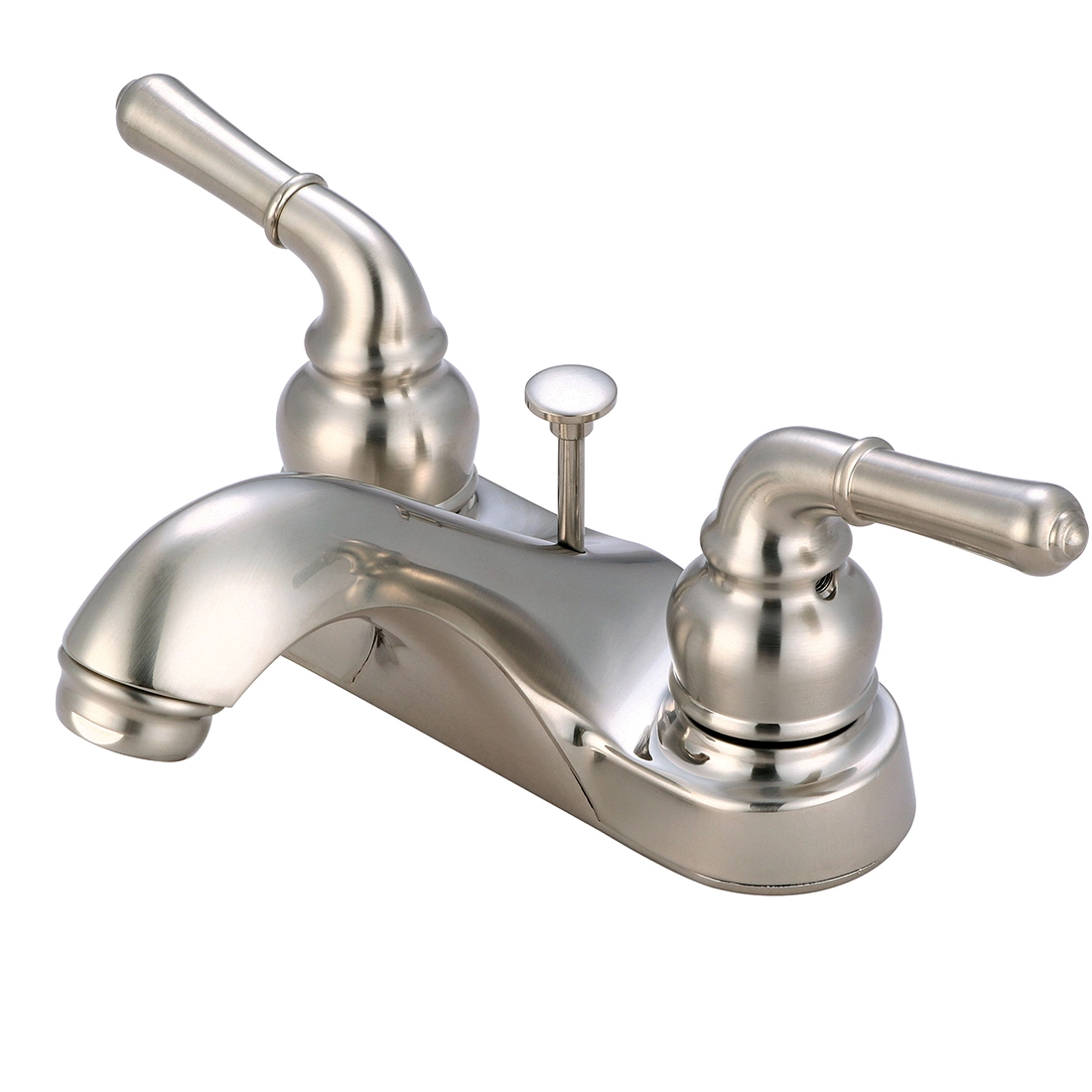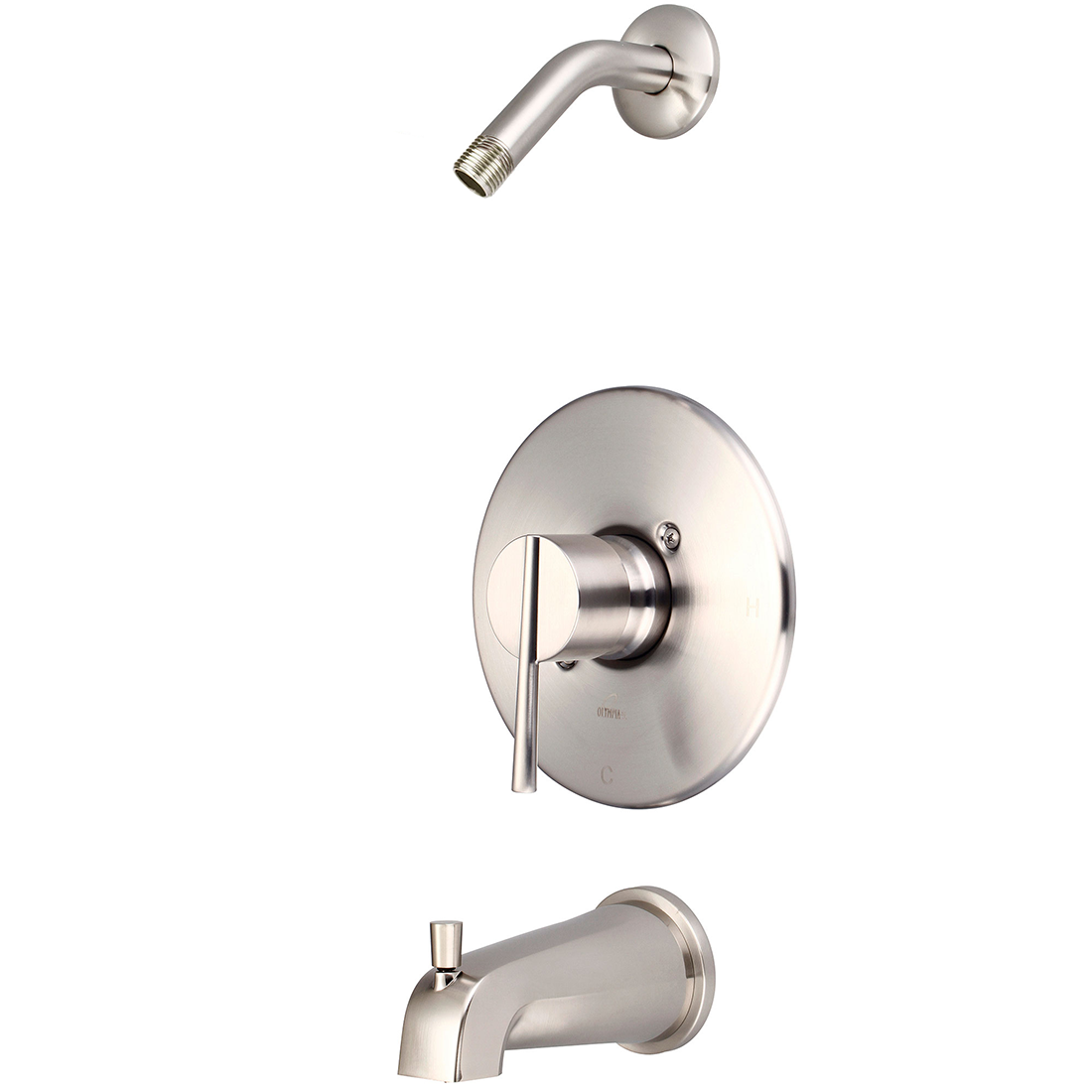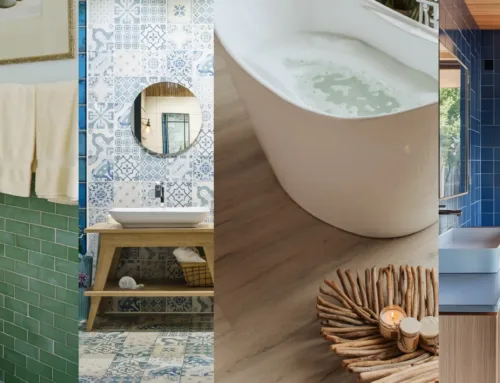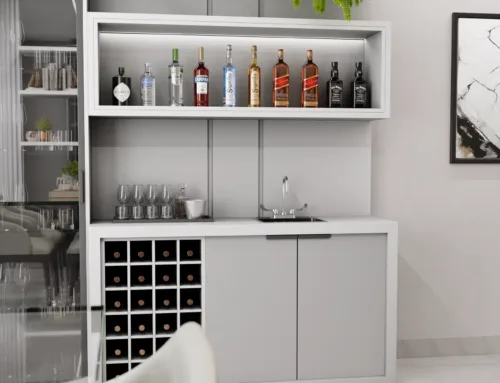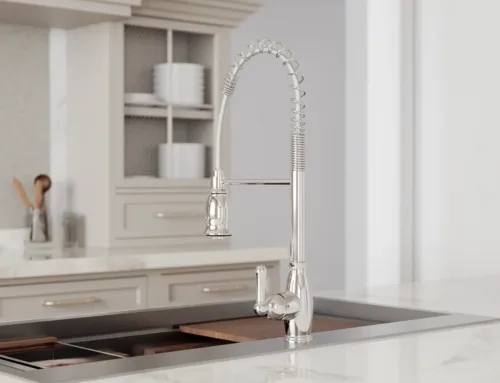
How Demographic Shifts in Renting are Impacting Multi-family Housing
Demographic shifts in recent years have been shaking up the multi-family housing market. Understanding demographic information such as age groups, gender, familial status, educational background, and income levels of renters across urban, suburban and rural areas can shed light on how these changes are affecting the multi-family market as a whole. Our experts break it down using urban, suburban and rural categories.
Challenges Builders are Facing in the 2024 Market – Know Your Renters
Who Are the Urban Renters?
In cities, the largest demographic of renters are usually young professionals in their 20s and 30s, often single or living with roommates. Some well-off young families are also choosing urban rentals for convenience. With higher incomes and advanced degrees, these urban dwellers crave proximity to work and amenities. The preferences of urban renters are driving demand for large complexes loaded with luxury amenities. Think gyms, pools, shops and cafes in the lobby and co-working spaces. Mixed-use developments are hot, blending living, working, and entertainment spaces into one sleek package.


Who Are the Suburban Renters?
Suburban renters are a diverse bunch, ranging from young professionals in their late 20s to families and older adults, nearly evenly split. They look for larger spaces, mainly single-family spaces. They move out of the city for better schools and more space. Suburbanites tend to have moderate to high educational backgrounds and stable incomes, though generally lower than their urban counterparts, due in part to one-income families, where one parent takes the lead in child care of very young children. In the suburbs, you’ll find a mix of mid-range housing, duplexes, townhouses, and smaller complexes, often equipped with practical fixtures like the Accent Olympia Single Handle Pre-Rinse Spring Pull-Down Kitchen Faucet (Model# K-5045). Instead of high-end amenities like private pools and on-site gyms, developments often include landscaped parks and community centers.
Who Are the Rural Renters?
Rural renters are typically middle-aged and older, mostly in the 45-64 age range. These folks are often empty nesters, retirees, or individuals craving a quieter lifestyle, with fewer families greater than two people compared to the suburbs. Their educational backgrounds are varied, from high school graduates to some college education, and their income levels are generally lower, matching the area’s cost of living. Rural housing trends lean towards economy housing, small complexes, and simple duplexes. Developments are usually modest with fewer amenities, and there’s a growing interest in affordable options for lower-income renters and retirees.

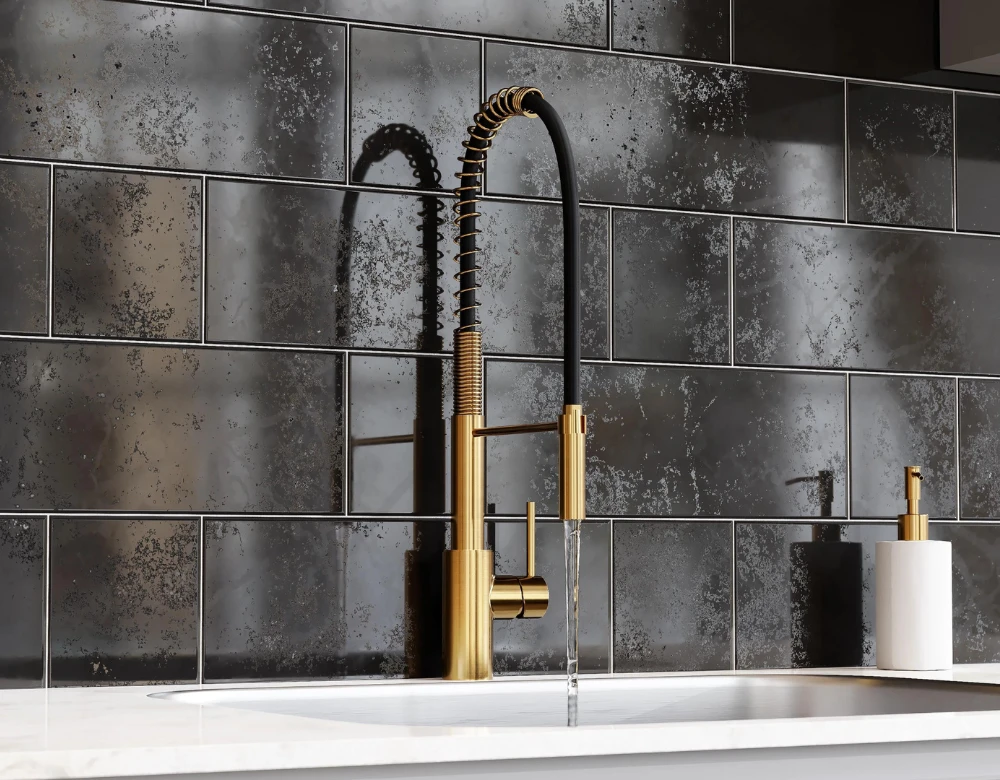
What Other Issues Are At Play?
Of course there are plenty of outliers within these demographics, plus there are recent shifts that are only now beginning to influence the industry – therein may lie an opportunity for builders. It’s also important to keep in mind the other factors influencing the multifamily housing market, including affordability, the rise of remote work, and the expectations around sustainability. Sky-high rents in cities are pushing people towards the suburbs and rural areas who wouldn’t normally gravitate there. This shift means more mid-range and economy housing developments are popping up to meet demand. Remote work is also changing the game – without the need to be close to the office, renters are picking homes based on lifestyle preferences. This means more spacious, comfortable options in the suburbs and countryside. Eco-friendly features have become a must, especially for younger renters, who appreciate water-saving innovations like the i2 Olympia Shower Column (Model# P-4550). Developers are stepping up with green practices to attract these environmentally conscious tenants.
Demographic shifts are reshaping the multi-family housing landscape. Urban areas are seeing a boom in luxury apartments with tons of amenities, while the suburbs and rural areas are focusing on affordable, family-friendly options. Affordability, remote work, and sustainability are key factors driving these trends. For builders and developers, staying in tune with these changes is essential to meet the evolving needs of today’s renters.
The largest takeaway here is that all involved in the multi-family and even single family housing markets may want to consider throwing away preconceived ideas of who renters are and what they want. Things have changed and those who are first to see it will be the ones who will win a greater market share.
As a company specializing in high-quality, eco-friendly faucets and fixtures, we’re here to support stylish and sustainable living spaces in all types of multi-family housing and single-family housing. Our products enhance every home with durability, efficiency, and elegance. Check out a few client favorites below and reach out. We will transform your next project with beautiful and exceptionally durable faucets and accessories from Pioneer and the Pioneer family of products, Central Brass, and Olympia. All are backed by a best-in-the-industry warranty, easy to install, and built to last.
We’ll Save You Money and Time
There are many ways to the same destination. This saying applies to multifamily housing builds just as much as to anything else in life. The ultimate goal is save as much money as possible while delivering a great finished project – that’s simply showing smart business sense. But, finding a one-off deal or sacrificing quality isn’t the only way to get a healthy ROI. We have a better way.
Pioneer works with professionals every day to develop specification packages and plans that save our valued partners both time and money, sometimes in surprising ways. It’s our goal to ensure your project meets or exceeds its expected outcome. We want to get to know you and your company and show you how we can save you money. Please reach out via our website form or call us at (800) 338-9468.
Our Urban Multi-Family Housing Product Picks:
Our Suburban Multi-Family Housing Product Picks:
Our Rural Multi-Family Housing Product Picks:



